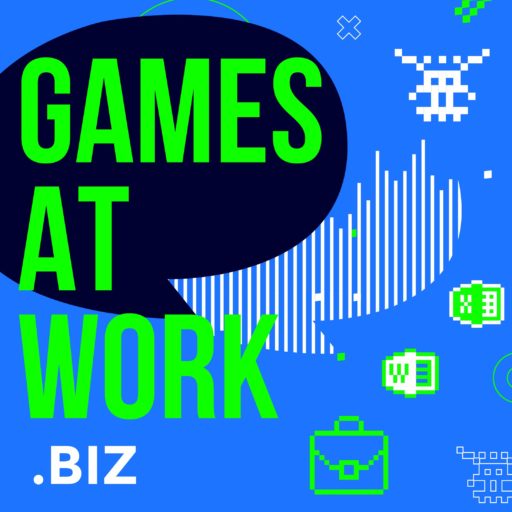
While somehow avoiding any discussion of the Green Lantern Corps, Michael and Michael talk through some ring wearable concepts and move into the religious quantified self realm with the eRosary, an IoT device to help keep track of prayers. It is incredible to imagine the data streams coming from such devices.
Changing themes from data streams to the open oceans, and specifically to Coral Vita’s novel means for coral reef rebuilding, growing coral at 50 times the normal rates. Imagine the impact this could bring to restoring the health of the ocean habitats. This story reminded Michael M of a novel approach that University of Lancaster researchers are working on to strengthen concrete using carrots and sugar beet fibers.
Also in this episode, there are conversations on Sonos’ stereo-as-a-service offering, robots machine learning their way to a feel for how to grasp objects and solve a Rubik’s cube one handed, boarding alerts now being included in the American Airlines mobile app and some retro & current games.
Selected Links
iDrop article: ‘Apple Ring’ May Be in Development with Touch Screen, NFC and More — https://www.idropnews.com/rumors/apple-ring-may-be-in-development-with-touch-screen-nfc-and-more/120605/
Echo Loop Smart Ring with Alexa Day 1 Editions product — https://www.amazon.com/dp/B07JPK4XJ6/ref=sxts_snpl_1_0_53133e95-1613-47ff-a8b9-9f163f49e8fb?pd_rd_w=PxX63&pf_rd_p=53133e95-1613-47ff-a8b9-9f163f49e8fb&pf_rd_r=FZDY1EWCREPCPZNAMQH1&pd_rd_r=c7ff58c4-976c-4a2a-9cd5-f42cdfdcade4&pd_rd_wg=ih389&qid=1571584953
CNBC article: Vatican launches $110 smart Rosary bracelet that tracks your prayers — https://www.cnbc.com/2019/10/17/vatican-launches-110-smart-rosary-bracelet-that-tracks-your-prayers.html
Click to Pray (how does it work?) — https://clicktopray.org/how-does-click-to-pray-work/
Click to Pray eRosary app — https://apps.apple.com/us/app/click-to-pray-erosary/id1477960251
TechCrunch article: In the Accelerator over the Sea — https://techcrunch.com/2019/10/16/in-the-accelerator-over-the-sea/
Beyond the Sea
Coral Vita — https://www.coralvita.co
Japan Times article — Carrot nanomaterial found to make cement stronger and greener — https://www.japantimes.co.jp/news/2018/10/20/world/offbeat-world/carrot-nanomaterial-found-make-cement-stronger-greener/#.Xax_EC-ZOuB
CelluComp’s Curran: Revolutionary Technology: Vegetables used for high-performance materials — https://www.cellucomp.com/products/curran
Motley Fool article: Is Sonons’ Speaker Rental Program as Odd as it Sounds? — https://www.fool.com/investing/2019/10/17/is-sonos-speaker-rental-program-as-odd-as-it-sound.aspx
TechCrunch article: MIT develops a way for robots to grasp and manipulate objects much faster — https://techcrunch.com/2019/10/17/mit-develops-a-way-for-robots-to-grasp-and-manipulate-objects-much-faster/
Episode 247: Off the Cuff — https://gamesatwork.biz/2019/10/07/episode-247-off-the-cuff/
TechCrunch article: Traptic uses 3D vision and robotic arms to harvest ripe strawberries — https://techcrunch.com/2019/10/02/traptic-uses-3d-vision-and-robotic-arms-to-harvest-ripe-strawberries/
TechCrunch article: Watch OpenAI’s ‘human-like’ robot solve a Rubik’s Cube one-handed — https://techcrunch.com/2019/10/15/watch-openais-human-like-robot-solve-a-rubiks-cube-one-handed/
Rubik’s Cube 40 years of history — https://www.rubiks.com/en-us/about
The Points Guy: American Airlines (finally) rolls out boarding push notifications to all app users — https://thepointsguy.com/news/american-airlines-boarding-push-notifications/
Trusted Reviews article: Here’s how to access thousands of retro games for free — https://www.trustedreviews.com/news/free-retro-games-3946453
Sensible Soccer International Edition v1.2 (1994) — https://archive.org/details/msdos_International_Sensible_Soccer_1994
SSC 2019 The King of Retro Soccer — https://apps.apple.com/us/app/ssc-2019/id1451802899
Lego Ideas Dinosaur Fossils — https://www.lego.com/en-us/product/dinosaur-fossils-21320
What the Golf? — https://apps.apple.com/us/app/what-the-golf/id1415190483
Podcast: Play in new window | Download (Duration: 40:41 — 18.8MB) | Embed
Subscribe: Apple Podcasts | Spotify | Amazon Music | Android | Podcast Index | Youtube Music | RSS | More



